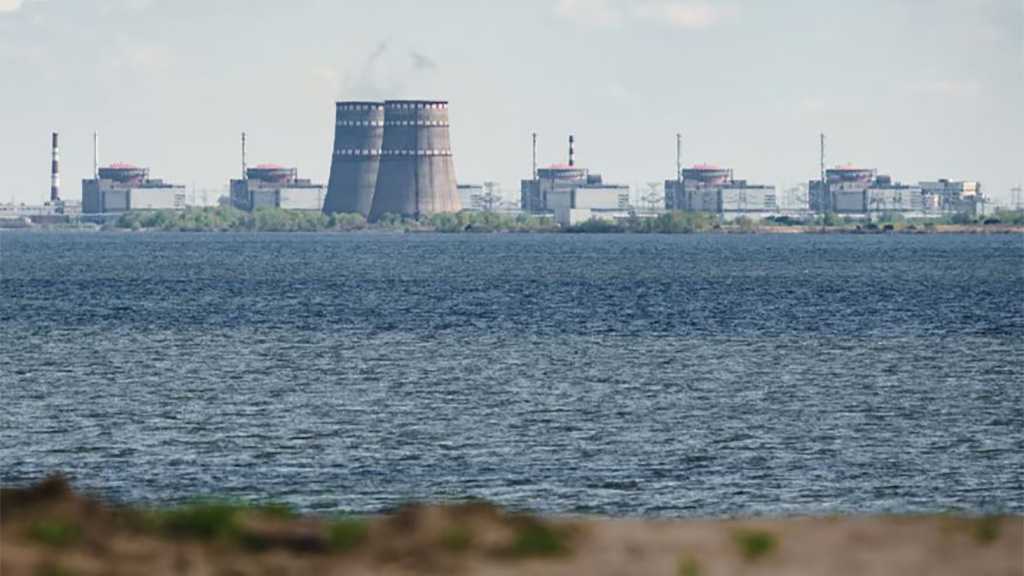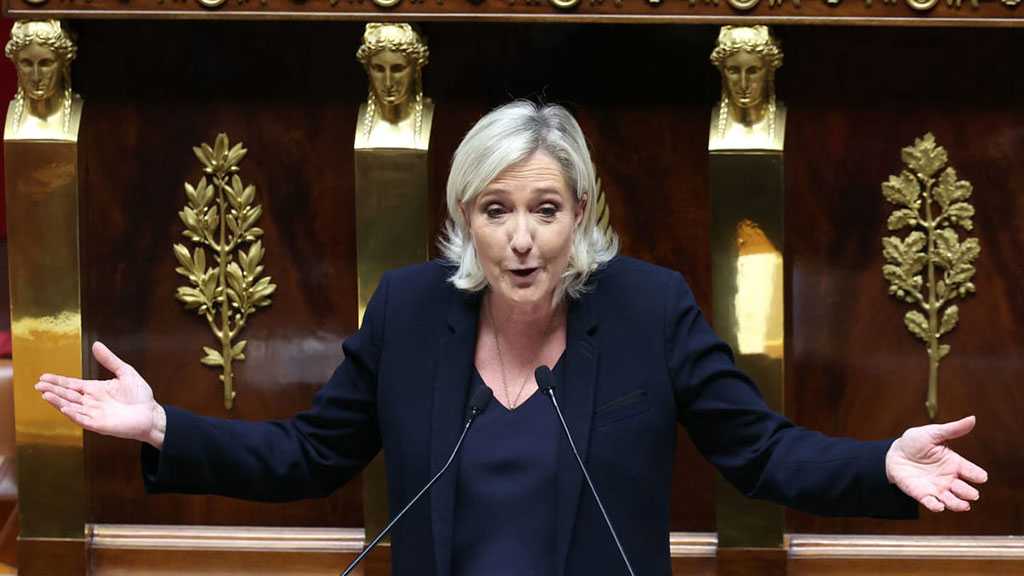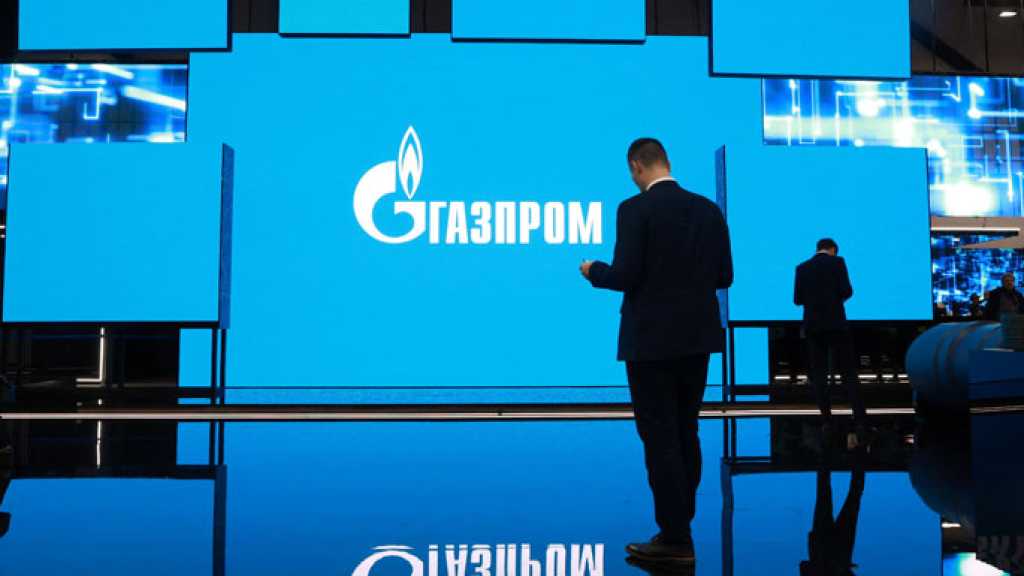IAEA Issues Warning About Europe’s Largest Nuclear Plant

By Staff, Agencies
It is “critical” for the Zaporozhye Nuclear Power Plant to have continued access to water in order to prevent a reactor meltdown, International Atomic Energy Agency [IAEA] director-general Rafael Grossi said on Wednesday.
Europe’s largest atomic power station relies on the Kakhovka reservoir for water to cool its six reactors. However, the water levels have dropped by 2.8 meters since the Kakhovka dam broke early on Tuesday. Once the water level is below 12.7 meters, the ZNPP will no longer be able to pump water from the reservoir, Grossi warned.
“As the full extent of the dam’s damage remains unknown, it is not possible to predict if and when this might happen,” the IAEA director said, but at the current rate of 5-7 centimeters per hour, that could be “within the next two days.”
ZNPP is building up water reserves while it still can, Grossi noted, citing reports from the IAEA experts who are on site. He intends to visit ZNPP next week and bring additional observers to strengthen the agency’s presence at the facility.
“Now more than ever, the IAEA’s reinforced presence at the [ZNPP] is of vital importance to help prevent the danger of a nuclear accident and its potential consequences for the people and the environment at a time of increased military activity in the region,” Grossi said.
The possible loss of the plant’s main source of cooling water further complicates an already extremely difficult and challenging nuclear safety and security situation.
The Zaporozhye NPP is Europe’s largest atomic power station, with six reactor cores capable of generating a gigawatt of electricity each. Russian troops have controlled it since March last year. The region in which it is located voted to join Russia in September 2022, though Ukraine claims it is illegally occupied.
Russia has accused Ukraine of destroying the Kakhovka dam and causing widespread flooding in Kherson Region. President Vladimir Putin called it a “barbaric act” amounting to terrorism. Moscow says that Kiev is trying to secure the flank of its forces so it can bring up reserves after a series of failed assaults on the Zaporozhye front.
The IAEA deployed an observer mission at the ZNPP in September 2022. Prior to that, the station and its environs had been repeatedly targeted by Ukrainian artillery, which Kiev admitted at one point. Just before the IAEA mission arrived, Ukrainian commandos also attempted to seize the facility but were driven back. Russia has provided evidence of Ukrainian attacks to the UN, which has stubbornly avoided assigning blame.
In part due to the Ukrainian artillery activity, five of the six reactors at ZNPP have been shut down, with one continuing to operate at a low level to maintain power to the facility. They all require continued cooling to prevent a fuel meltdown and possible radioactive release.
Comments
- Related News




